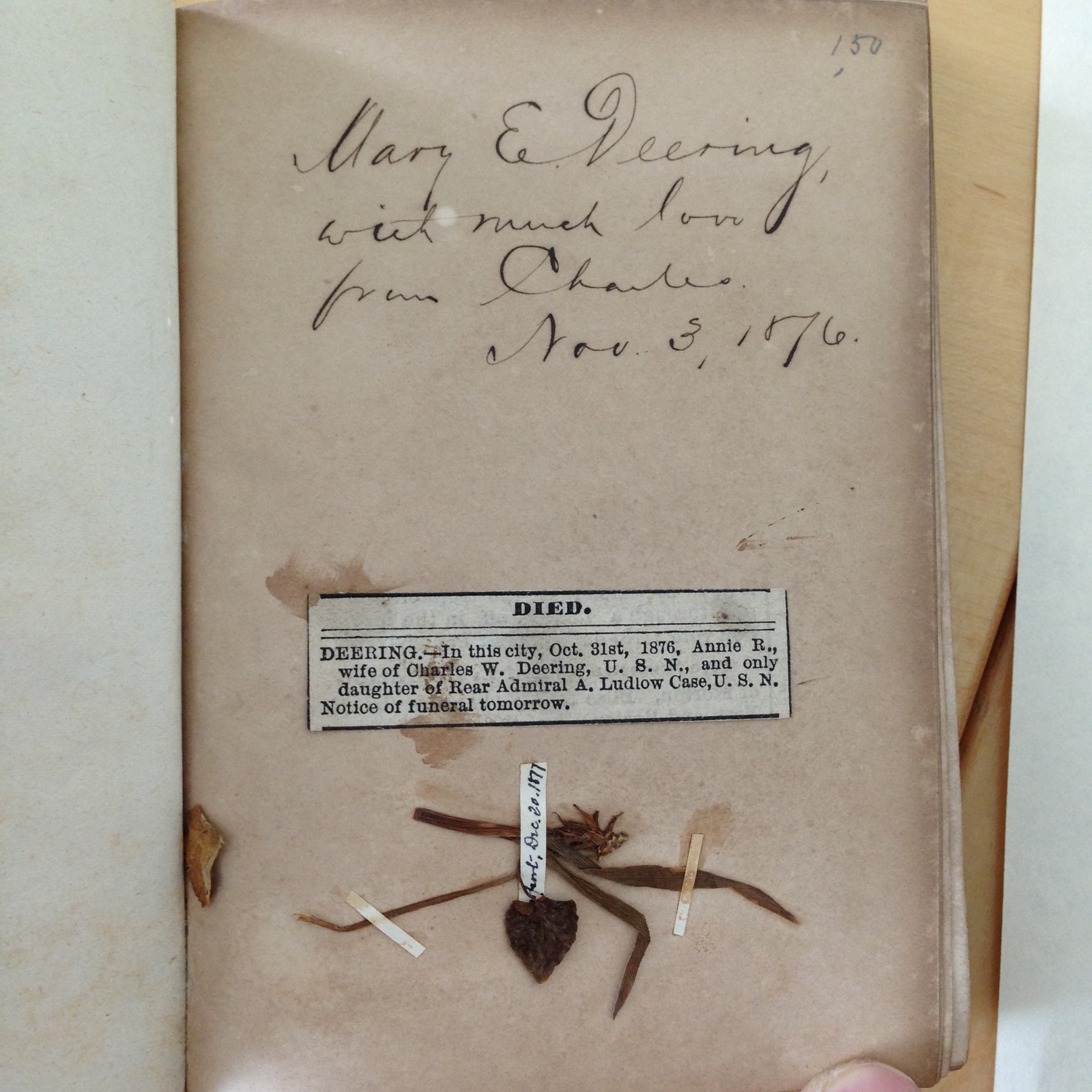Old Books Smell like Vanilla
According to this video from Abe Books, “Chemists at University College, London have investigated the old book odor and concluded that old books release hundreds of volatile organic compounds into the air from the paper. The lead scientist described the smell as ‘A combination of grassy notes with a tang of acids and a hint of vanilla over an underlying mustiness.'” (Source: Huffington Post)
Secondhand bookstore fans are especially attuned to the olfactory wiles of dusty old tomes. Even as many of us shift our reading habits from printed books to digital books, we still wax nostalgic and romantic about the aesthetic pleasures of old book odor. But do old books smell like vanilla?
Stick your nose deep into an old book and inhale deeply… As it turns out, dozens of different chemicals that are emitted by paper, binding, ink, and glue… break down over time… One prominent compound results from the breakdown of lignin, a polymer found in plant cell walls, as well as paper. As it degrades, it’s converted into vanillin, a chemical naturally present in vanilla beans, accounting for the hints of vanilla. (Source: Vox)
I’m keen on old books and I’m keen on vanilla, but I’m not certain that old books smell like vanilla. According to Matija Strlic (the scientist who lead the 2009 study that has fueled recent aromatic rumination on old books), the grassy, tangy, and slightly vanilla smell of old aging books “is as much a part of the book as its contents.” I better keep sniffing…
Hat top to Todd Goff who brought the Vox article to my attention last summer. Yes, I’ve been dawdling and field testing ever since. Conclusions still pending!


